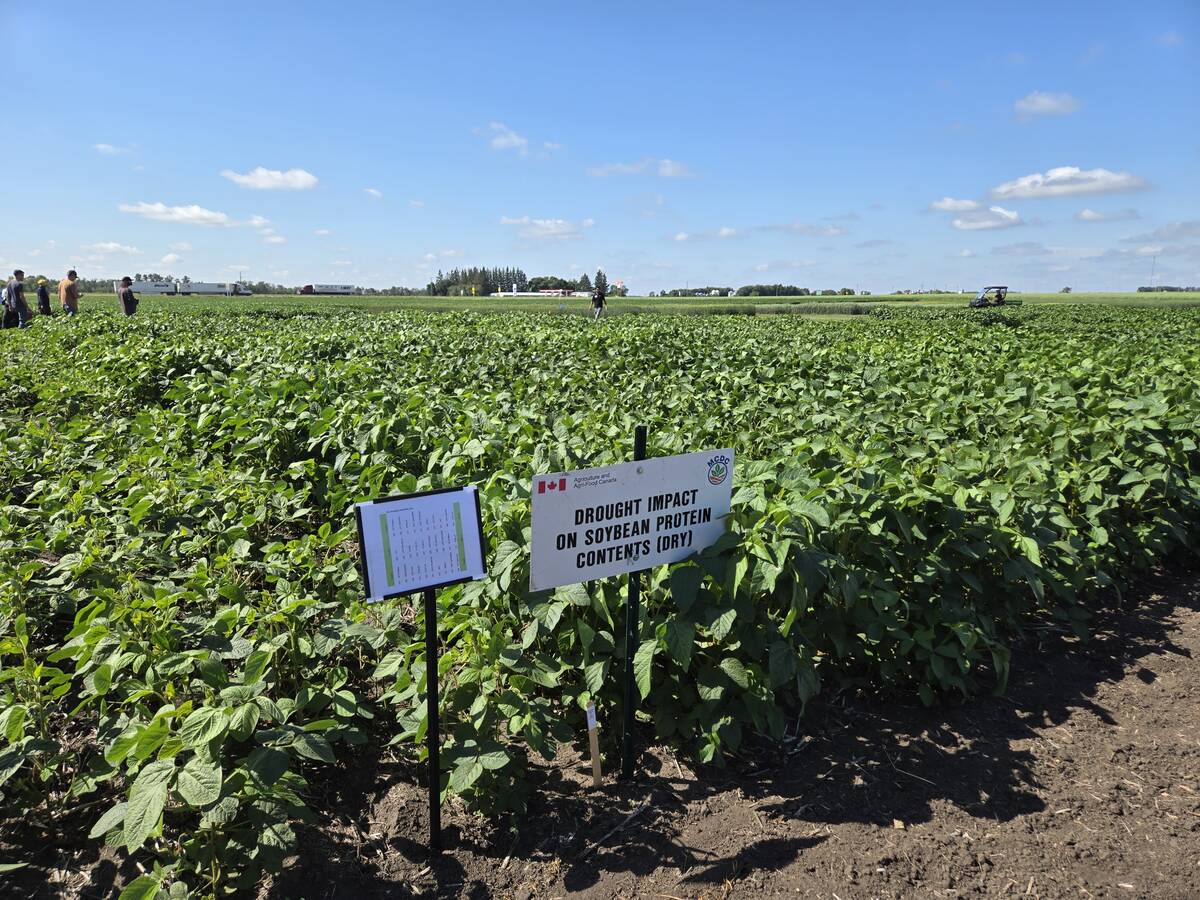Clubroot continued its spread within Alberta last year, according to surveys, and has now been confirmed in 67 percent of counties and municipal districts.
Clubroot surveys and much of the research into this crop-limiting disease is led by Stephen Strelkov of the University of Alberta. Some of his findings on spread were presented Jan. 20 by Alberta Agriculture crop pathologist Michael Harding.
He said clubroot was identified in three additional areas of the province in 2020: the Municipal District of Smoky River and County of Grande Prairie in northern Alberta and Wheatland County east of Calgary.
Read Also

Carberry field day looks for agriculture solutions
Manitoba farmers explored research solutions for resilient crops, perpetual agronomic issues and new kinds of agricultural products at a field day at the Manitoba Crop Diversification Centre in Carberry on Aug. 6.
Strelkov’s team evaluated 620 fields last year and found 11 percent of them had clubroot.
“I think the important thing to keep in mind here is that 20 years ago this would have been zero. There were no canola fields with clubroot 20 years ago,” said Harding during the online Agronomy Update organized by the Alberta wheat and barley groups.
“So we’ve gone from zero to 67 in less than 20 years. And this is a massive production area that clubroot has spread over in that time, and I think the fact that it continues to spread and it continues to move into new counties to me is a warning sign. If you think you live in a place that clubroot will never show up, I think you should maybe reconsider because it does continue to spread.”
Canola Council of Canada agronomy specialist Justine Cornelsen said clubroot-resistant varieties of canola were planted in about 60 percent of the total canola acres in 2020 based on the 4.47 million acres that were insured.
However, clubroot pathogens are successful in breaking down that resistance. As of 2018, 36 different pathotypes of the disease have been identified.
Prior to 2013, five pathotypes had been identified in Canada, and the one called 3H was the culprit in about 90 percent of the infected fields identified in Alberta. All five were controlled by clubroot-resistant hybrid canola varieties.
Since then, new pathotypes have developed, many of which have overcome that resistance, said Cornelsen. That’s cause for concern, given that clubroot-resistant hybrids were first introduced in 2009.
Alberta and Manitoba now have many different clubroot pathotypes.
“As of right now, Saskatchewan is the only province that doesn’t have any reported clubroot resistance-breaking pathotypes yet,” she said.
However, reliance on clubroot-resistant varieties alone is futile, she added. Crop diversity remains key to easing clubroot’s selection pressure.
















